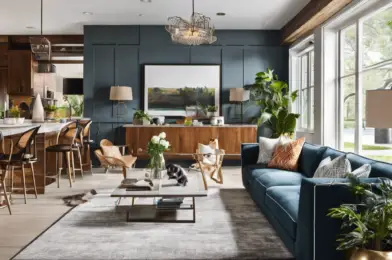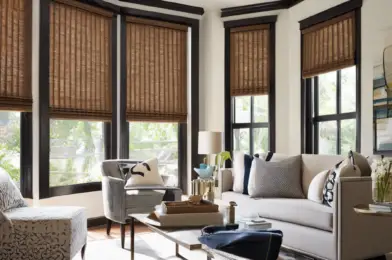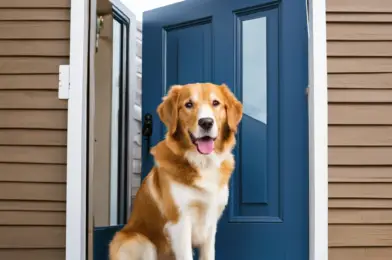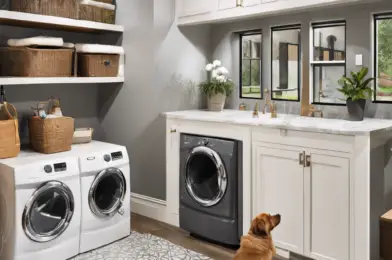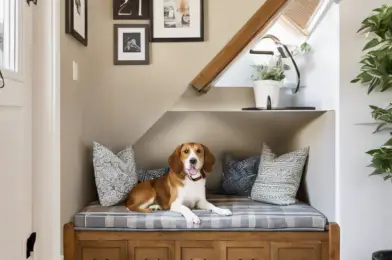Keeping your kitchen tidy and odor-free when you have a furry friend who loves to explore and potentially raid the trash can be a challenge. Dogs are naturally curious and possess an acute sense of smell, often leading them straight to the garbage can in search of tasty treats. As pet owners, it’s our responsibility to stay one step ahead and find ways to prevent our four-__legged friends from getting into the trash. This is especially important for their safety, as some food items can be harmful or toxic to dogs, and certain trash materials can pose choking hazards. Not to mention, no one wants to come home to a mess of scattered garbage strewn across the kitchen floor! That’s why investing in a dog-proof trash can solution is a must.
There are various options available to ensure your trash remains securely contained and out of your dog’s reach. One popular method is switching to a trash can with a locking lid. These lids are designed to be heavy-duty and require a specific motion or step mechanism to open, making it nearly impossible for dogs to access. Some models even come with a foot pedal for hands-free operation, ensuring you can still conveniently dispose of waste while keeping your canine companion at bay.
Another ingenious solution is mounting the trash can on the inside of a cabinet door, particularly in the space where the sink base cabinet and door are located. This setup makes the trash can easily accessible for humans while keeping it hidden from curious pups. You can also install a childproof lock on the cabinet door for added security, guaranteeing that your dog won’t be able to nudge it open with their snout or paw.
For those who prefer a more innovative approach, motion sensor trash cans are an excellent choice. These cans are activated by the wave of a hand, ensuring a hands-free experience for humans while remaining inaccessible to dogs. Without the specific hand motion, the lid stays firmly closed, preventing any unwanted canine access.
In addition to these solutions, there are other creative hacks you can try. One idea is to place a heavy object on top of your trash can, making it too cumbersome for your dog to knock over or open. You could also consider using a bungee cord or latch system to secure the lid, requiring manual intervention for access.
Whichever method you choose, ensuring the trash can is securely sealed and challenging to open will provide peace ofCoefficient of Restitution for both you and your pet. Taking these precautions will prevent any potential hazards and maintain a clean, odor-free kitchen environment. Remember, keeping your dog safe and your kitchen tidy is a priority, and with these dog-proof trash can solutions, you can achieve both!
Now that we’ve covered some practical options, it’s time to put these ideas into action and find the perfect dog-proof trash can solution for your kitchen. With these innovative measures in place, you can rest easy knowing your pup’s safety and your kitchen’s cleanliness are well-maintained. Happy pet-proofing!



